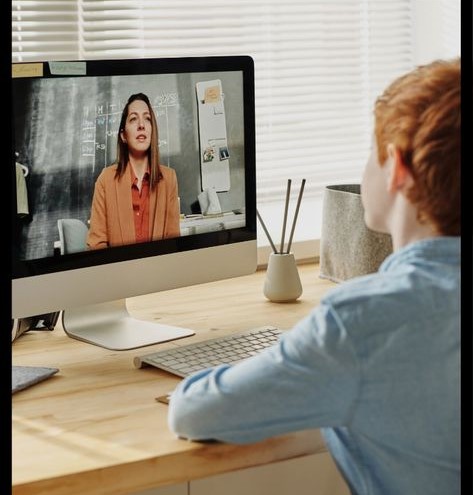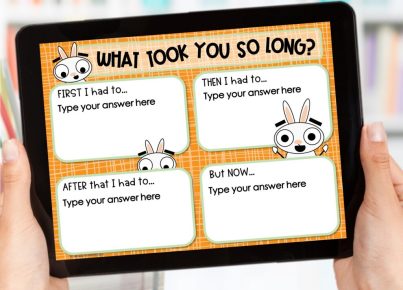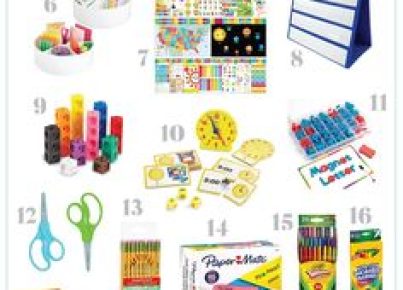Introduction:
The sudden shift to online learning has challenged educators to find ways to make the virtual homeroom and advisory experience more meaningful for students. While it can be difficult to replicate the connection and camaraderie of a traditional classroom setting, there are several strategies teachers can adopt to help students feel engaged, motivated, and supported.
1. Building Relationships
Virtual homeroom and advisory should remain an essential space for fostering positive relationships between teachers, students, and peers. Teachers can make a conscious effort to engage with each student individually by conducting regular check-ins and sending personalized messages. Promoting student interaction through icebreakers, team-building activities, or peer debates can foster community spirit within the virtual environment.
2. Creating Predictable Routines
Predictability and consistency provide a sense of stability during these unpredictable times. Establishing a routine for virtual homeroom or advisory sessions can ease anxiety for students and lay the groundwork for productive learning sessions. Start with a consistent greeting or opening ritual, maintain steady schedules for activities and discussions, and end with a definitive closing routine.
3. Incorporating Interactive Content
Encourage active participation in virtual homerooms by integrating a variety of engaging content types like videos, articles, podcasts, or games related to the lessons. Interactive content not only keeps students attentive but also helps them process information better while learning from multiple perspectives.
4. Designing Opportunities for Student Collaboration
Peer collaboration is essential for much needed social interaction during online learning. Teachers can create opportunities for group projects, brainstorming sessions, or breakout discussions that foster teamwork and collaboration.Fostering collaborations by facilitating small group projects fosters creativity, critical thinking abilities and encourages peer accountability.
5. Providing Regular Feedback
Timely feedback serves as the foundation for growth and progression among students in a virtual environment. Teachers must establish open communication channels where students feel comfortable asking questions, sharing concerns, and seeking clarification. Offering individual feedback on assignments and group projects can keep students motivated and in line with their academic goals.
6. Utilizing ‘Check-in’ Surveys
Since it can be challenging to gauge student well-being through virtual platforms, teachers can utilize anonymous check-in surveys to collect information about how students are coping academically, emotionally, and socially. These insights allow instructors to adjust their teaching strategies to be more sensitive and accommodating of each student’s unique situation.
7. Encouraging Mental Health and Wellness
Incorporate moments in your homeroom or advisory sessions for mindfulness exercises, breathing techniques, or mental health awareness discussions. Taking time out for mental wellness instills the importance of self-care among students as they navigate new challenges in their virtual education journey.
Conclusion:
Though online learning may lack the warmth of a physical classroom, by implementing these strategies, educators can make the virtual homeroom and advisory experience more meaningful for their students. As teachers continue to adapt to remote teaching techniques, fostering an atmosphere of support and enthusiasm will be crucial in ensuring that students feel engaged and valued in their virtual learning community.





